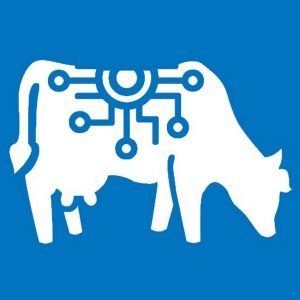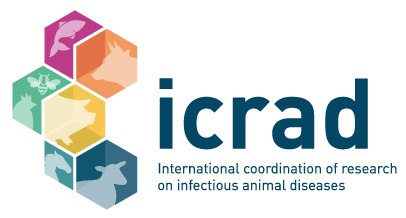Project details
Acronym: Biosens4PrecisionMastitis
Researcher: Prof Dr Beatriz Prieto Simón
Countries: Spain, Hungary, Latvia, Poland
- Website: biosensingbovinemastitis.com

Project Summary
The project aims to improve farm profitability by developing cutting-edge technology for early diagnosis of cows infected with mastitis.
Diagnosis of bovine mastitis is of utmost importance due to its economic, social and environmental impact. This infectious disease not only affects animal health and welfare, but also might pose milk consumers at risk. The economic burden of bovine mastitis on the dairy industry is enormous, driven by production losses and treatments. Mastitis reduces milk yields and quality, the latter causing loss of quality premiums.
Late and poor intervention is mostly due to significant limitations in the methods currently used for diagnosis. When significantly high rates of infection are detected within the herd, culling is recommended. If signs indicate infection can be controlled, antimicrobials are administered, and isolation of infected cows is enforced. Of high concern is the fact that antibiotics are often administered without evidences supporting mastitis, even given to entire herds during drying off periods. Antibiotic overuse induced by the current limitations in mastitis diagnosis is thus key in the emergence of antibiotic resistance. Apart from directly affecting animals’ immune response, antibiotic residues can be present in milk intended for human consumption and be released into water and soil.
Therefore, animal mastitis significantly contributes to maintaining antimicrobial resistance at the forefront of the most pressing global one health issues.
Diagnosis of mastitis suffers from several complications, e.g. the lack of symptoms in subclinical mastitis or Mycoplasma bovis-causedmastitis. On-farm diagnosis of mastitis mainly relies on somatic cell count, although this method depends on multiple factors such as the type of causative pathogen. Laboratory-based diagnosis of mastitis, via cell culture and/or PCR, effectively identifies bacterial pathogens, but its wide use by farmers is prevented due to the time and/or cost involved. Moreover, both on-farm and lab-based methods do not report infection at the early stages of disease when animals are highly infective, and therapies are most effective. Early and efficient on-farm diagnosis has been identified as a pressing need to minimise disease spread and to guide therapeutic intervention, improving livestock health and productivity.
The project builds upon new knowledge acquired on host response-derived biomarkers key during incubation, such as pro-inflammatory cytokines and host nucleic acids, identified as prospective mastitis biomarkers to report disease status and etiology. This paradigm-shifting concept differs significantly from existing approaches focused on detecting pathogen-derived markers that can only indicate exposure, but not necessarily confirm infection. Leveraging the presence of these biomarkers in milk, a “liquid biopsy” approach will be pursued to ensure non-invasive, stress-free and prompt diagnosis of bovine mastitis.
Such approach, facilitated via sensing technology, will be a breakthrough in mastitis diagnosis and prognosis enabling action before pathogen replication and manifestation of symptoms. Advances in materials science will be key in the design of layered channel-based biosensors for the analysis of milk on site, possibly in line and thus in near-to-real time, at a low cost and with a readily available instrument, supporting the use of these tools for constant animal surveillance. Identification of actionable cases will provide a valuable advantage to the European dairy industry: the identification of the causative pathogen will support guidance of farmer’s intervention, and thus underpin the rational use of antimicrobials in Europe.
The integration of these tools in a precision agriculture approach to disease management will lead to a step change in infection prevention and appropriate antimicrobial stewardship.
